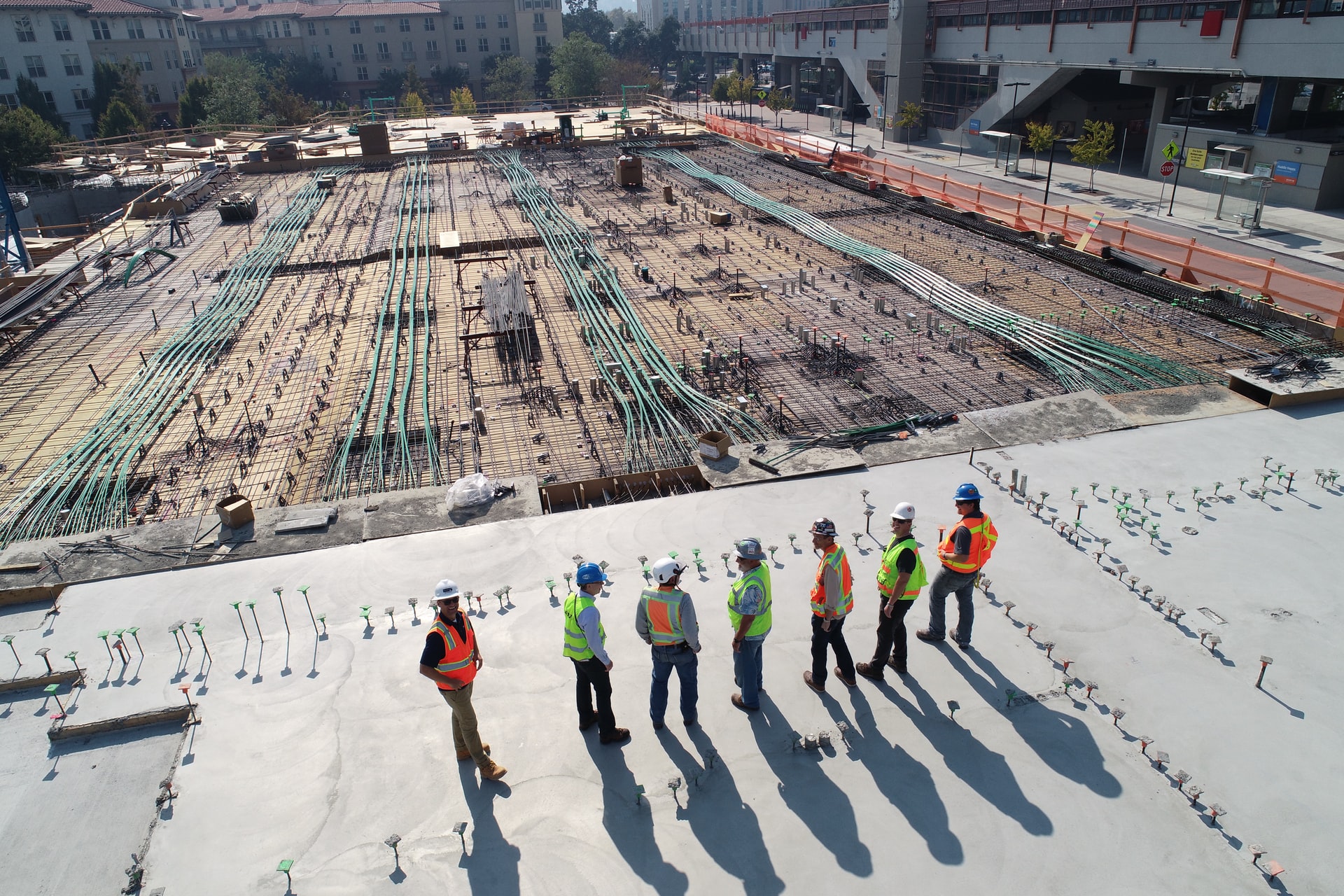Media release
From: Springer NatureHuman-made materials outweigh living biomass
The year 2020 may mark the crossover point when human-made mass surpasses that of living biomass according to a study published in Nature this week. The mass embedded in human-made items, such as buildings, roads and machines, has doubled every 20 years for the past 100 years. These findings underscore the increasing impacts that humans have on Earth.
Since the first agricultural revolution humans have halved plant biomass, from around 2 teratonnes (2,000,000,000,000 tonnes) to the current value of around 1 teratonne, through land-use changes such as agriculture and deforestation. The increasing production and accumulation of human-made objects (termed anthropogenic mass) has also contributed to a shift in the balance between living and human-made mass.
Ron Milo and colleagues estimate changes in global biomass and human-made mass from 1900 to the present day. They show that at the beginning of the twentieth century, the mass of human-produced objects was equal to around 3% of total biomass, whereas today human-made mass exceeds the overall global biomass, weighing in at around 1.1 teratonnes. Over this period, overall biomass decreased slightly, whereas anthropogenic mass has increased rapidly and is now being produced at a rate of more than 30 gigatonnes (30,000,000,000 tonnes) per year. This means that for every person in the world, more than their body weight in human-made objects is being produced each week.
Buildings and roads make up the majority of human-made mass; other examples include plastics and machines. Changes in the composition of this mass correspond to specific construction trends, such as the shift from using bricks to concrete in buildings from the mid-1950s and the use of asphalt for road paving in the 1960s. In addition, shifts in the total anthropogenic mass are linked to major events, such as continuous increases in construction after World War II (a period known as the Great Acceleration).
The exact timing of crossover is sensitive to definitions, so there may be some variability in the estimates, the authors note. They use dry-weight estimates (excluding water), but they suggest that wet-mass estimates or different definitions of mass categories could still place the transition in mass balance within the past, present or future decade. If current trends continue, human-generated mass is expected to exceed 3 teratonnes by 2040.


